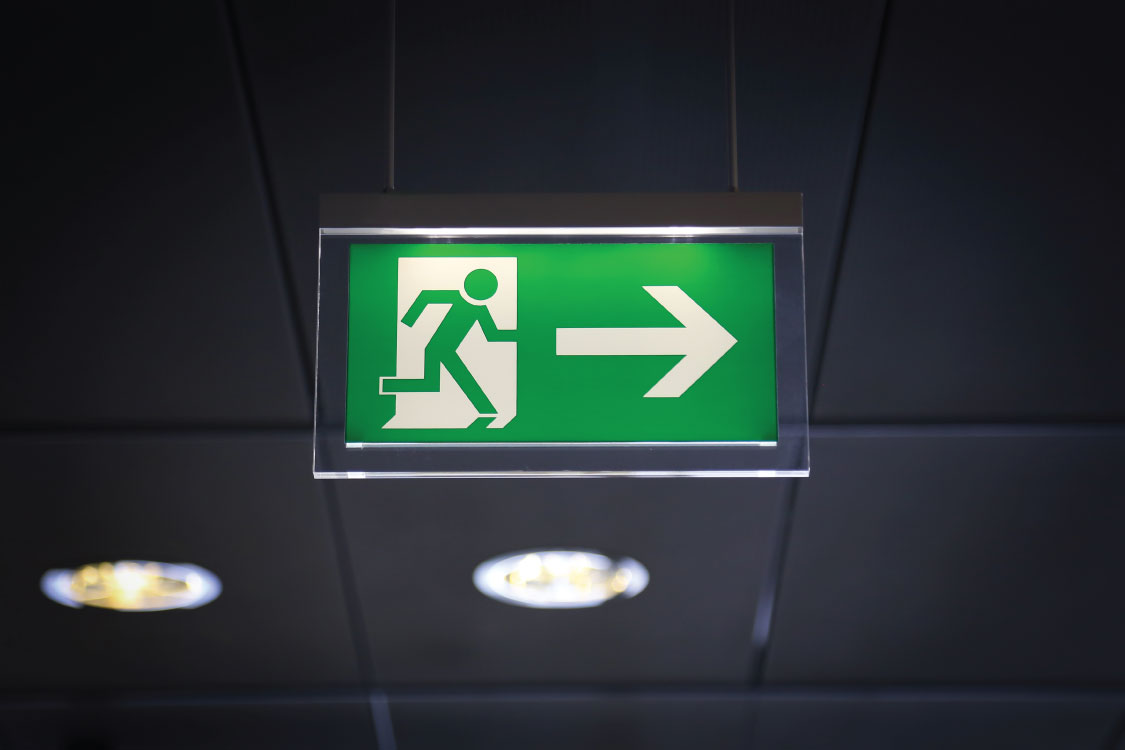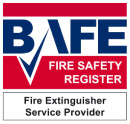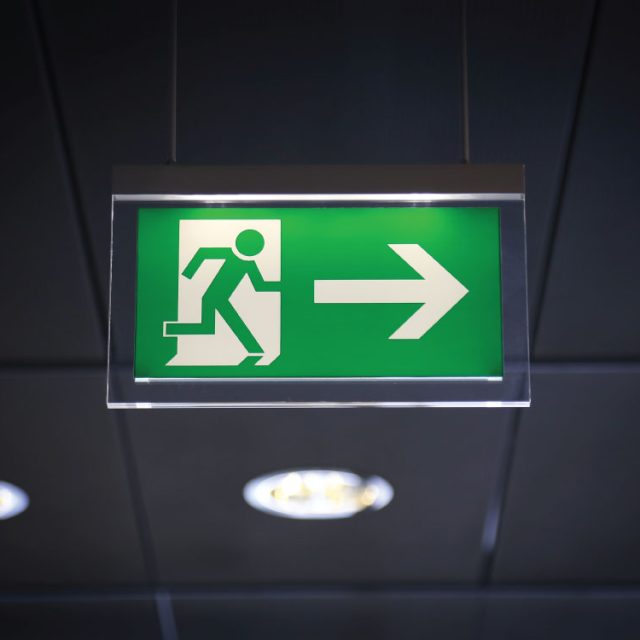2 March 2021
Fire Drills and Safety at Work
As well as fire alarms, fire extinguishers, sprinklers and other emergency systems that help us detect, prevent and combat fire, fire drills can play a vital role in keeping people safe and ensuring a swift, effective reaction to a fire emergency. In this article, Fire & Security Group are going to detail the importance of fire drills and safety in the workplace.

Why does my business need a fire drill?
Fire drills are crucial in implementing a standard procedure for a fire emergency. By practising fire drills repeatedly, you and your staff can learn the correct way to evacuate your premises quickly and safely, minimising panic and confusion – two of the biggest dangers alongside the fire itself. The Regulatory Reform (Fire Safety) Order 2005 states that fire drills should be carried out at least once a year, or more frequently if a risk assessment dictates a need for them.
How to plan a fire drill
Take care to plan each stage of the fire drill, from the very beginning to the very end. Every stage needs to be covered, rehearsed and rehearsed again until your staff can enact it without hesitation. Let’s take a look at the steps of planning a fire drill:
What do I need to do before a fire drill?
Advanced warning
Make sure all staff and visitors are aware that a fire drill is going to take place. Give them a specific time of day to prepare for, so they don’t mistake the practice event for a real emergency.
Nominate observers
Nominate people as fire wardens to watch the fire drill unfold. If you have a large site, you could station these people at different locations around the building so that all areas can be observed.
Have a register
Make sure you have a list of all employees working that day so you know who to account for at the end of the drill. If you have guests or visitors, they should be included, too.
Designate a meeting point
The fire drill needs to include an evacuation point where everyone meets once they’ve left the building. This needs to be easy to find and a safe distance away from the building itself.
Goals
While it isn’t mandatory, you might find it helpful to set goals ahead of your fire drill; such as completing an evacuation in a certain amount of time. These goals should not take precedence over the main aim of a safe, quick evacuation.
What should be checked in a fire drill?
Behaviour
Your fire wardens should be watching closely, checking for actions that can be considered helpful or unhelpful. For example, are people reacting quickly? Do they know where the fire exits are? If people are lagging behind and chatting to friends, for example, this needs to be noted: unhelpful behaviours can have dire consequences in a real fire emergency.
As well as people’s behaviour, check to see how people with disabilities or mobility issues get on with the fire drill. If they find it difficult to get out quickly, for example, then you might have accessibility issues which require attention
Escape routes and exits
Make sure that all designated routes and exits out of the building are being used. If everyone is trying to get out using the same exit, this can create a bottleneck, which slows everyone down and can potentially cause panic. Make sure your fire escape routes and exits are being properly utilised to ensure a swift, safe evacuation.
Also, check whether or not escape routes are actually effective – are they obstructed in any way? Are they clearly signposted?
The register
Once the evacuation has been completed, everyone should be gathered at the meeting point. Here, you should take the register and ensure everyone on said register is present.
What should I do after the drill is over?
Record your findings
Recording your findings is arguably the most important part of the fire drill. Firstly, it’s part of your legal requirements as a business owner to record all findings from a fire drill. Secondly, recording your findings means you can make changes and improvements where necessary. Your fire wardens should provide you with their observations and you should also ask those involved about their fire drill experience. Record the negatives and the positives so that you can act on them.
A fire risk assessment
Fire risk assessments are the most effective way of determining where your premises is most at risk. Arrange for a fire risk assessment to be carried out by a qualified company – this will ensure all vulnerabilities and areas requiring improvement are identified.
If you find that your premises need significant works, such as new fire alarms, other fire safety systems or fire safety training, then contact a professional, accredited fire safety company such as Fire & Security Group to take care of your requirements. We can ensure your property is fitted with modern, high-quality, reliable fire safety equipment to keep you safe for years to come. To find out more, simply contact us today.

